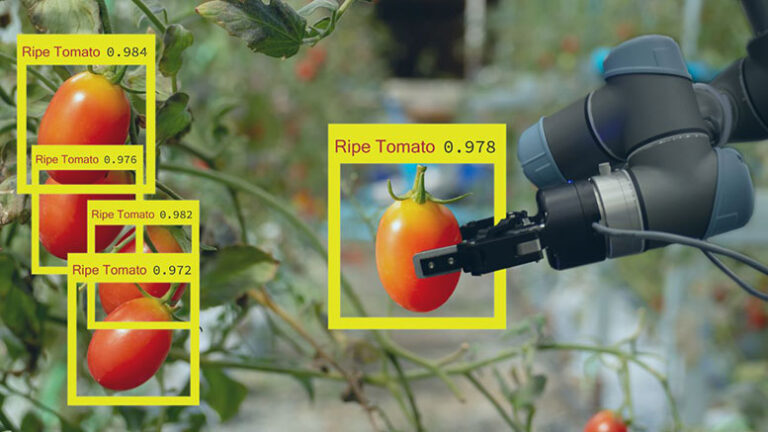Clustering
What is Clustering?
Clustering: A Powerful Data Analysis Technique
Clustering is a powerful data analysis technique that is used in various fields such as machine learning, data mining, pattern recognition, and image analysis. It involves grouping a set of objects in such a way that objects in the same group (or cluster) are more similar to each other than to those in other groups. In this article, we will explore the concept of clustering, its applications, and some popular clustering algorithms.
Introduction to Clustering
Clustering is an unsupervised learning technique, meaning that it does not require labeled data for training. Instead, it automatically organizes data into meaningful groups based on similarity or distance measures. The goal of clustering is to discover hidden patterns or structures in data that can help in better understanding and decision-making.
Applications of Clustering
Clustering has a wide range of applications in various fields. In marketing, clustering can be used to segment customers based on their behavior or preferences. This can help businesses in targeted marketing and personalized recommendations. In biology, clustering can be used to group genes with similar expression patterns, leading to insights into genetic pathways and disease mechanisms. In image analysis, clustering can be used to segment images into regions with similar characteristics for tasks such as object detection and image compression.
Popular Clustering Algorithms
There are many clustering algorithms available, each with its own strengths and weaknesses. Some of the popular clustering algorithms include:
1. K-Means Clustering: K-means is one of the simplest and most widely used clustering algorithms. It partitions data into k clusters by minimizing the sum of squared distances between data points and cluster centroids. It is efficient and works well for spherical clusters of similar size.
2. Hierarchical Clustering: Hierarchical clustering builds a tree-like hierarchy of clusters by merging or splitting clusters based on similarity measures. It can be agglomerative (bottom-up) or divisive (top-down) and is useful for exploring the structure of data at different levels of granularity.
3. DBSCAN (Density-Based Spatial Clustering of Applications with Noise): DBSCAN is a density-based clustering algorithm that groups together data points that are closely packed together. It can discover clusters of arbitrary shapes and sizes and is robust to noise and outliers.
4. Mean Shift Clustering: Mean shift is a non-parametric clustering algorithm that iteratively shifts data points towards the mode of the underlying data distribution. It can automatically determine the number of clusters and is robust to noise and outliers.
5. Spectral Clustering: Spectral clustering is a graph-based clustering algorithm that uses the eigenvalues and eigenvectors of a similarity matrix to partition data into clusters. It is effective for data with complex structures and non-linear separability.
Challenges and Limitations of Clustering
While clustering is a powerful tool for data analysis, it also has its challenges and limitations. One of the main challenges is determining the optimal number of clusters (k) in the data, which can be a subjective and non-trivial task. Another challenge is handling high-dimensional data, where traditional clustering algorithms may suffer from the curse of dimensionality. Additionally, clustering algorithms may be sensitive to the choice of distance measures, initialization parameters, and outlier detection.
Conclusion
In conclusion, clustering is a versatile data analysis technique that can uncover hidden patterns and structures in data. It has a wide range of applications in various fields and is supported by a diverse set of clustering algorithms. While clustering has its challenges and limitations, with careful consideration and experimentation, it can be a valuable tool for gaining insights and making informed decisions.


